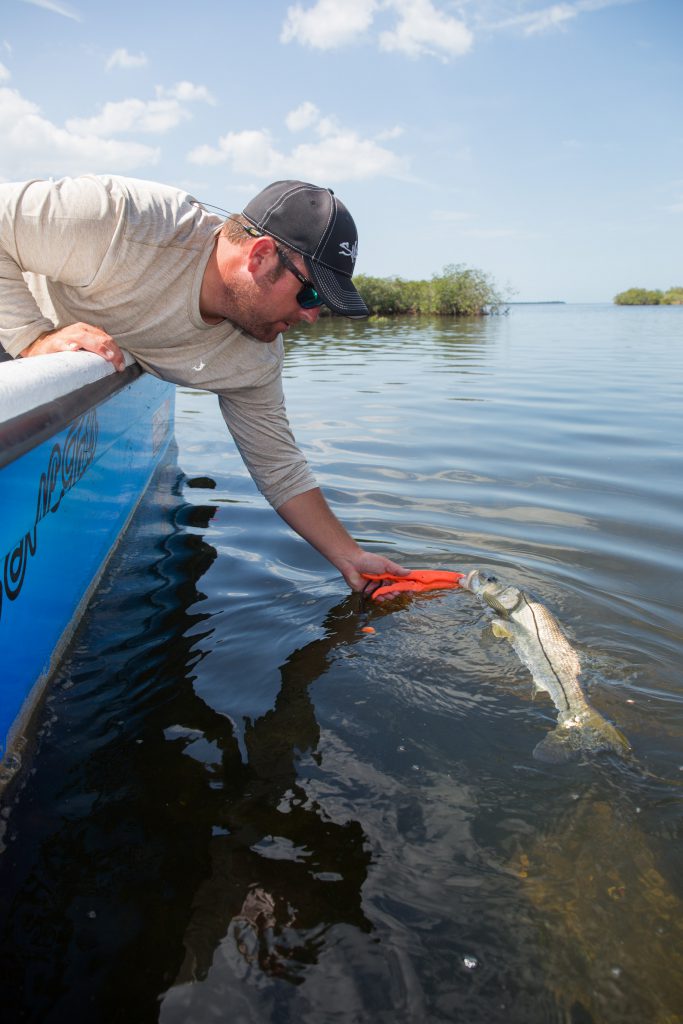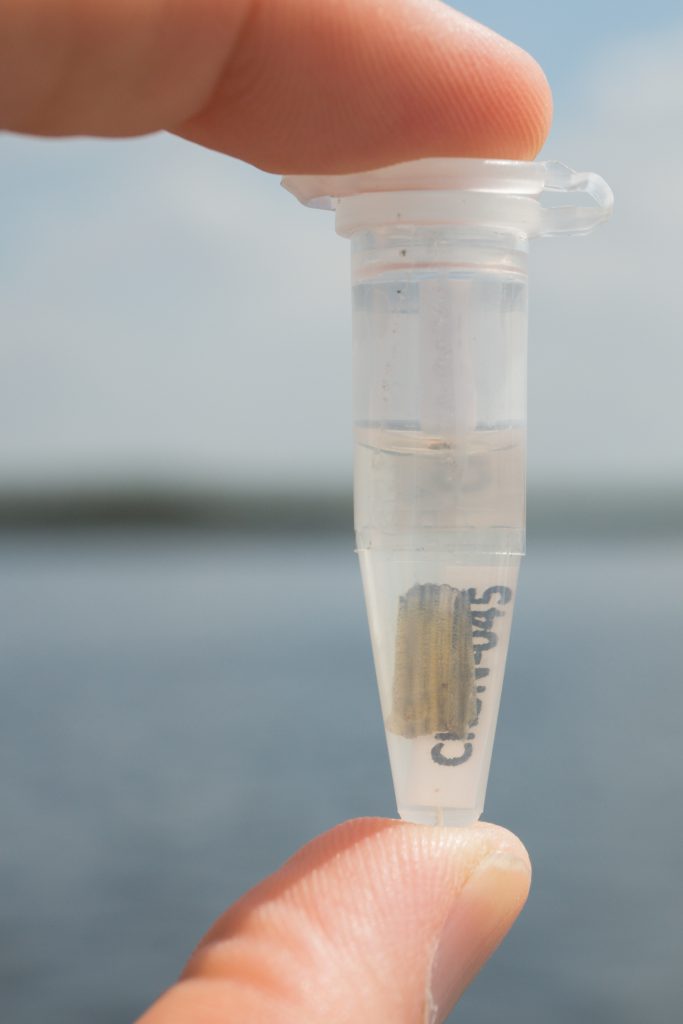What are pioneer snook?
 Common snook (Centropomus undecimalis) are a highly sought-after sport fish found in tropical and subtropical waters of the Atlantic, Gulf of Mexico and Caribbean. Lately, anglers are catching many more snook in the Nature Coast than they were just a few years ago. These “pioneer snook” are individuals that appear to be pushing the range limit for the species farther to the north. Researchers think snook are expanding their range and population numbers as average sea surface temperatures increase.
Common snook (Centropomus undecimalis) are a highly sought-after sport fish found in tropical and subtropical waters of the Atlantic, Gulf of Mexico and Caribbean. Lately, anglers are catching many more snook in the Nature Coast than they were just a few years ago. These “pioneer snook” are individuals that appear to be pushing the range limit for the species farther to the north. Researchers think snook are expanding their range and population numbers as average sea surface temperatures increase.
Why study them?
In Florida, fisheries in state waters are managed through a scientific and stakeholder-based process by the Florida Fish and Wildlife Conservation Commission. Many fisheries stocks in Florida are managed on a regional scale because of factors such as genetic differences. Gaining information about the genetic diversity of the pioneer snook ensures that fisheries managers have the best available data for decision-making.
Emma Pistole, a graduate student in the Fisheries and Aquatic Sciences program at the University of Florida, led the pioneer snook genetics project for her Master’s thesis. The goal of her study was to determine if snook between Hernando County and Cedar Key are genetically distinct from the broader stock in the Gulf. She did this by collecting fin clips from adult and juvenile snook through a variety of methods.
Greatness through guides

Local fishing guides teamed up with Emma and UF/IFAS to help with sample collection. Fishing guides in Yankeetown, Crystal River, Cedar Key, and Hernando County were trained in fin clip collection. Many guides were excited about the opportunity to participate! After all, this study helped better the understanding of one of their clients’ favorite fish. Guides brought an extraordinary level of local knowledge about snook and other fish populations. A total of 10 guides in 3 counties collected over 220 samples to the project! That’s a much higher number than Emma could collect on her own. Without these guides, the project would not have been possible.
For more information about the guides who participated in this project, see: https://ncbs.ifas.ufl.edu/new-snook-genetics-project-nature-coast/.
So, is there really anything special about Pioneer Snook?
Emma found that snook in the Nature Coast had lower genetic diversity in comparison to snook in Tampa Bay. The level of differences she uncovered are about the same as the difference observed between Atlantic coast and Gulf coast snook. The Atlantic and Gulf snook stocks are managed separately by FWC. Therefore, the amount of genetic variation observed in the pioneer snook deserves further study because management of these northern Gulf coast snook as a separate stock could potentially be an option.
 0
0
